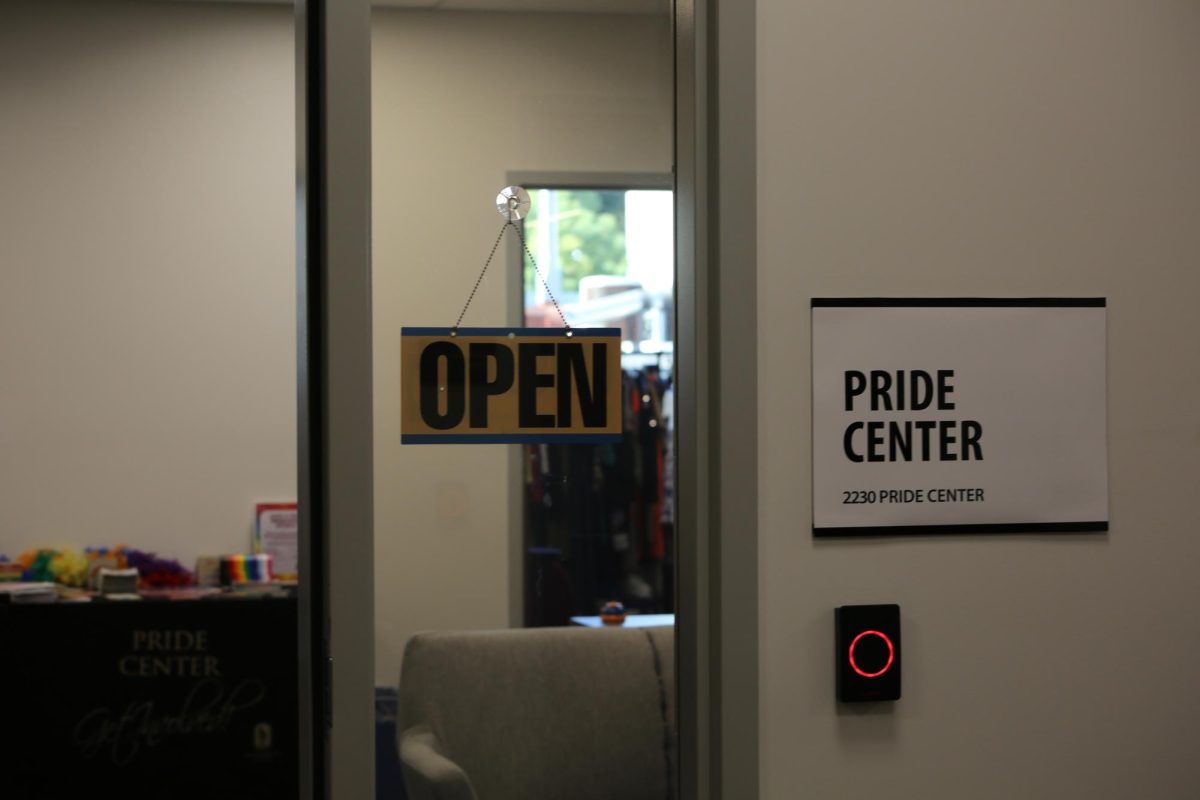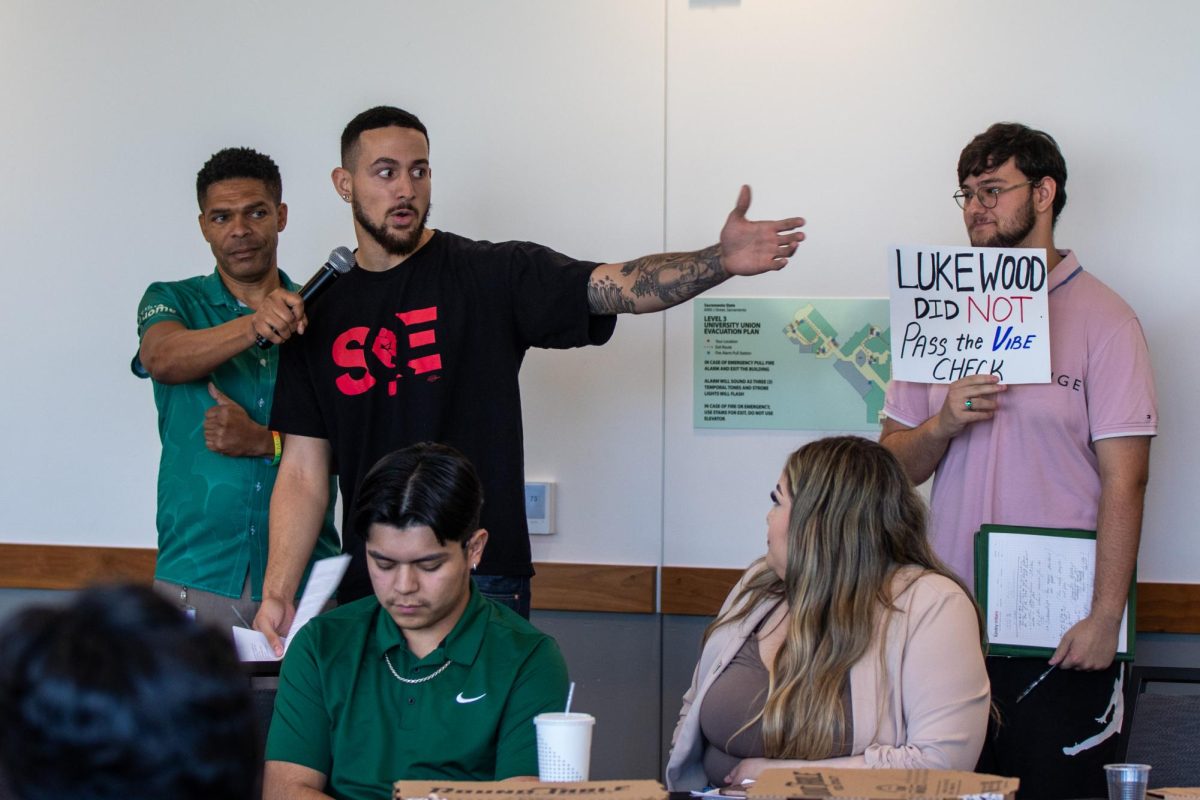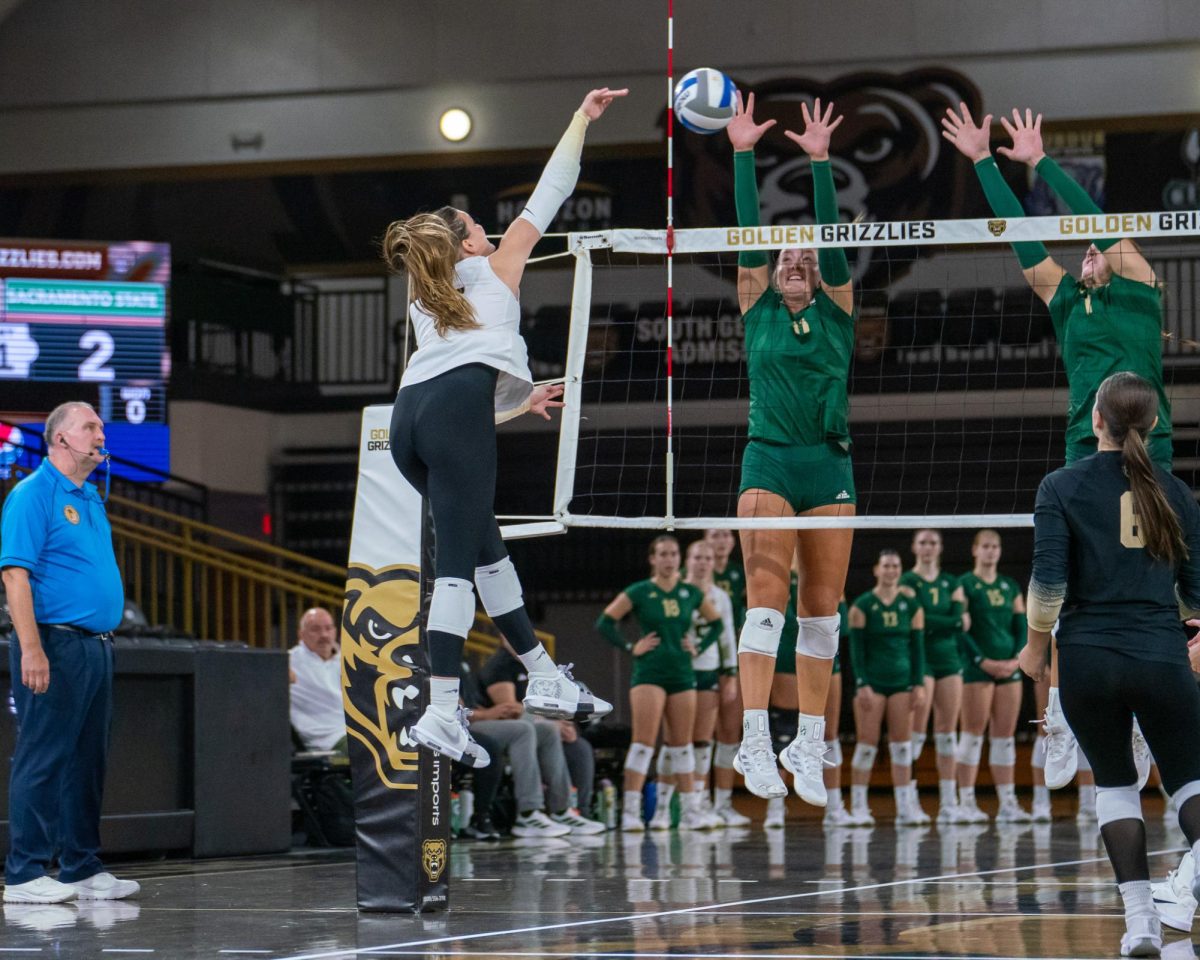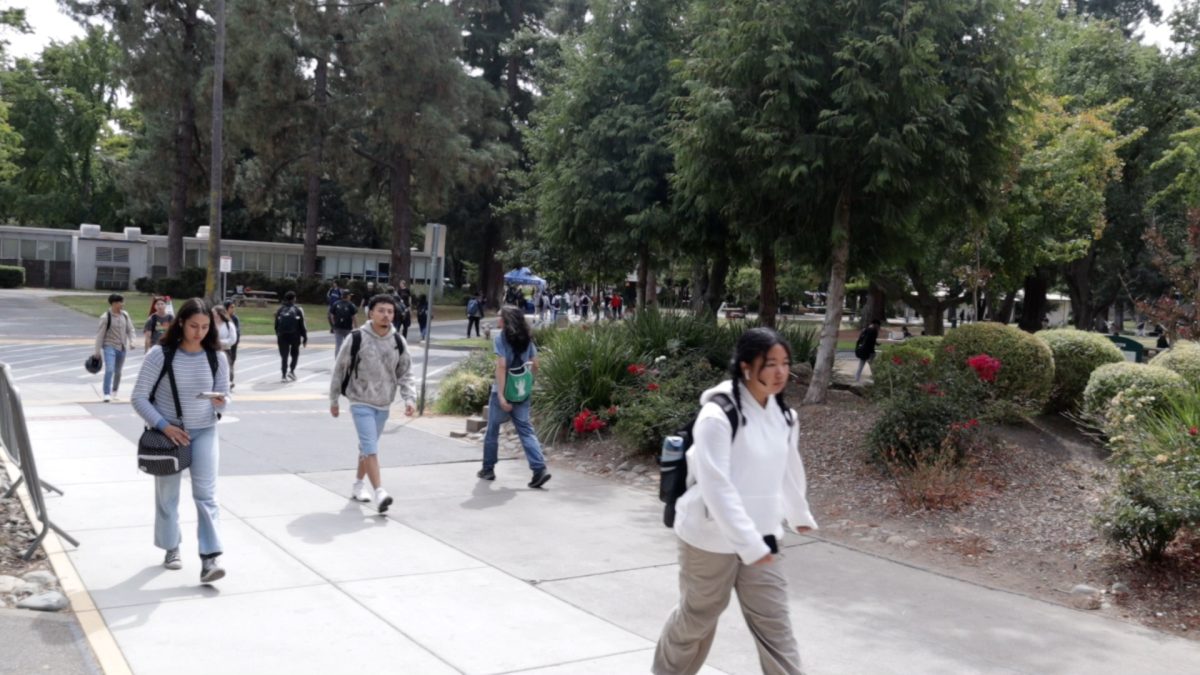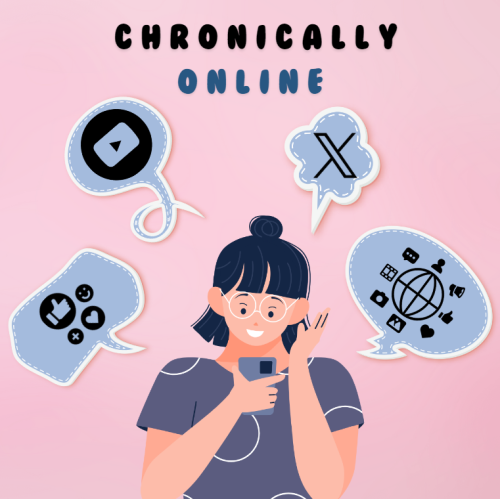Textbook prices looking to decrease
February 15, 2012
The initiative for cheaper textbooks is under way as the California Joint Legislative Committee held its first meeting on finding ways to bring down the cost of textbooks statewide.
The hearing on Feb. 1 was intended to investigate the increasing costs of college textbooks and options for implementing e-textbooks as a way to cut costs and increase access to higher education for students.
Dean Florez is a former senate majority leader, and president of the 20 Million Minds foundation, a foundation that seeks to reduce the price of textbooks. He said the hearing was long overdue.
“It went very well,” Florez said. “I think it was a great opportunity for those participating to show there can be a massive amount of reduction in costs of textbooks. But it’s just the first step in a long process.”
The price of textbooks has risen at four times the rate of inflation. The average annual cost for textbooks is $1,260, according to the state auditor’s report.
“The first goal is getting people to realize we can lower the cost of textbooks significantly if we move to a digital format,” Florez said. “Our focus as a foundation is looking towards the future of how books will be delivered.”
Although he is actively pushing the advancement of digital textbooks, Florez said he sees some drawbacks in the technology as well.
“For example, if a student buys a new edition (in a bookstore), they can sell it back,” Florez said. “But if a student buys an e-book, at the end of the quarter it will disappear. That’s one of the problems.”
Florez said publishers are going to have to make some hard decisions on what they ultimately want to sell to students.
“They haven’t taken off as fast as they could,” Florez said. “They don’t think it’s going to be that profitable. They’ve had models that have worked for so many hundreds of years.”
Sacramento State assistant professor of finance Eric Lin has taken the initiative to offer students a free online textbook for his course, instead of the $150 book he used in the past.
Students can view the book online for free, or they have the option to buy a hard copy for $35. Lin said further use of e-books statewide might take a few more years or even longer, but the program is off to a good start.
“I want to see more free books offered, but the quality of the books needs to be improved,” Lin said.
Florez said faculty members themselves have to look for the best bargains and costs for students.
“That’s where the world needs to go,” Florez said. “Students need to be able to read their books online for free.”
Lin said the content in the free book he offers for his classes is just not as substantial as the expensive book normally offered.
“The quality of the book is not as good, so I have to do a lot of supplements,” Lin said. “It’s more work on my shoulders to provide for students.”
Florez said any additional content, such as videos, students could pay for, which would help publishers recoup profits.
“It’s hard to add value to an already expensive book,” Florez said. “Many books come without tools, we want to build things that students would pay for as enhancements.”
Florez said many students cannot afford to spend the $300 or $400 on textbooks that are required every semester.
“Certain books are more expensive than the course itself at a community college,” Florez said.
Florez said the legislation is now more focused than ever before on higher education.
“I think we are definitely on the verge of the entire ecosystem for textbooks changing,” Florez said. “Everything is coming together.”
Sean Keister can be reached at [email protected].





